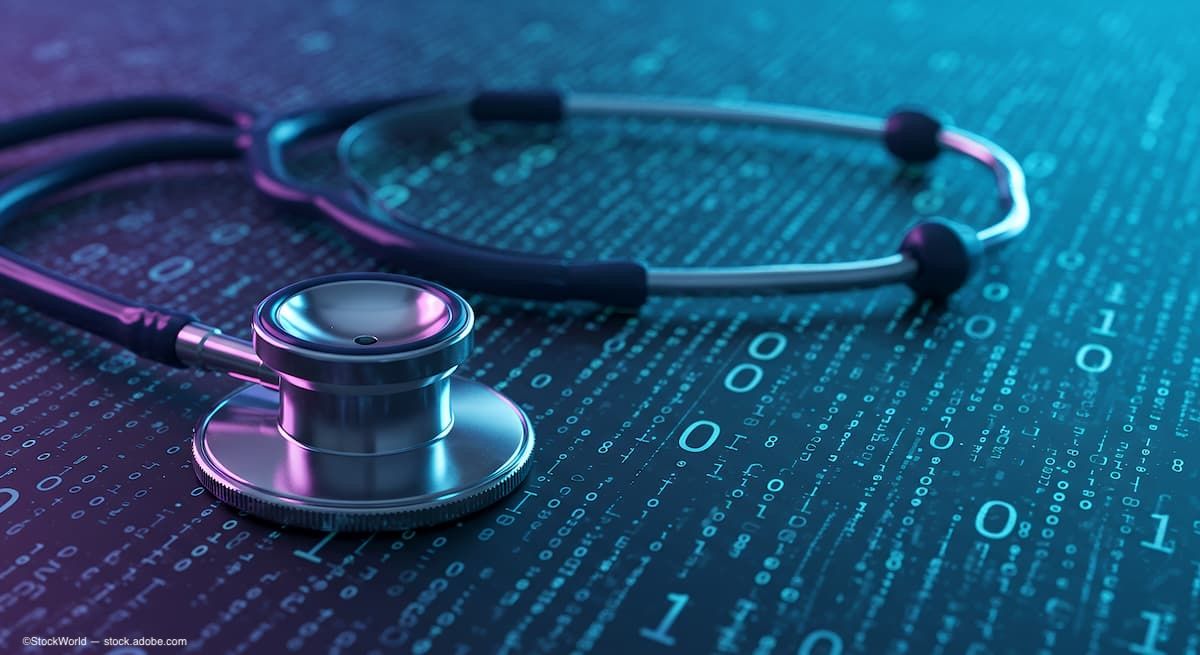Article
Condition awareness, familiarity with clinical features important for identifying AAON
Ophthalmologists need to be aware that there is an association between apparent nonarteritic ischemic optic neuropathy (NAION) and use of amiodarone, said Vivian Rismondo-Stankovich, MD, Greater Baltimore Medical Center, The Wilmer Eye Institute, The Johns Hopkins University School of Medicine, Baltimore.

Ophthalmologists need to be aware that there is an association between apparent nonarteritic ischemic optic neuropathy (NAION) and use of amiodarone, said Vivian Rismondo-Stankovich, MD, Greater Baltimore Medical Center, The Wilmer Eye Institute, The Johns Hopkins University School of Medicine, Baltimore.
"When you see a patient with presumed NAION, be sure to review the medications carefully and ask if the patient is taking amiodarone," Dr. Rismondo-Stankovich cautioned.
Deciding whether the condition represents amiodarone associated optic neuropathy (AAON) or a typical NAION unrelated to drug treatment is guided by the fact that the two conditions have differing clinical features. In AAON, the onset of visual symptoms is insidious, visual acuity is typically 20/20 to 20/200, disc edema resolves over a period of months, and the condition is usually simultaneously bilateral. With NAION, onset of visual symptoms is rapid, vision can be 20/20 but as poor as no light perception, resolution of disc edema is noted within several weeks, and simultaneous bilateral involvement is rare.
Patients taking amiodarone who develop a picture of apparent unilateral and especially bilateral NAION should be informed about the potential association with their medication. Then, the ophthalmologist should contact the patient's cardiologist who can decide with the patient whether amiodarone treatment should be continued.
"Amiodarone is an excellent and important drug for controlling cardiac arrhythmias, and some patients may have no other alternative," Dr. Rismondo-Stankovich said.
Newsletter
Don’t miss out—get Ophthalmology Times updates on the latest clinical advancements and expert interviews, straight to your inbox.




